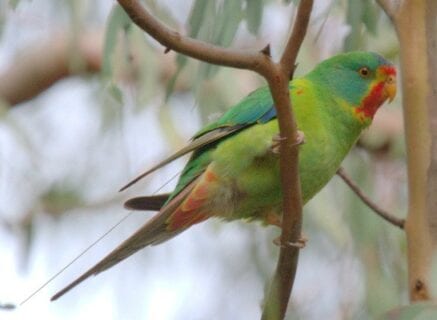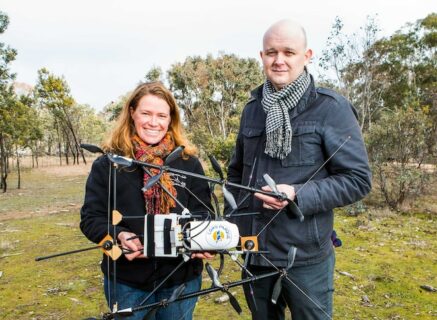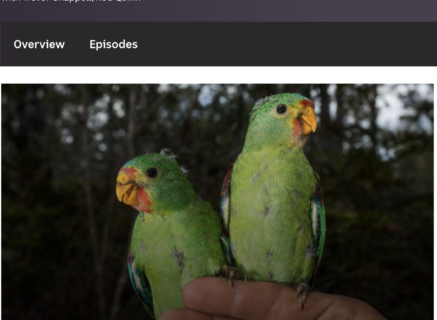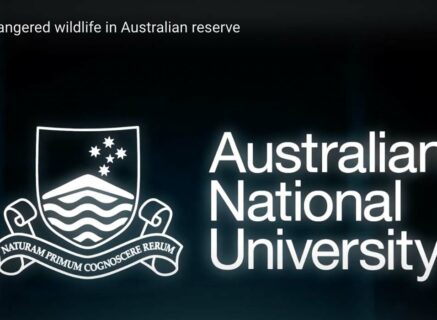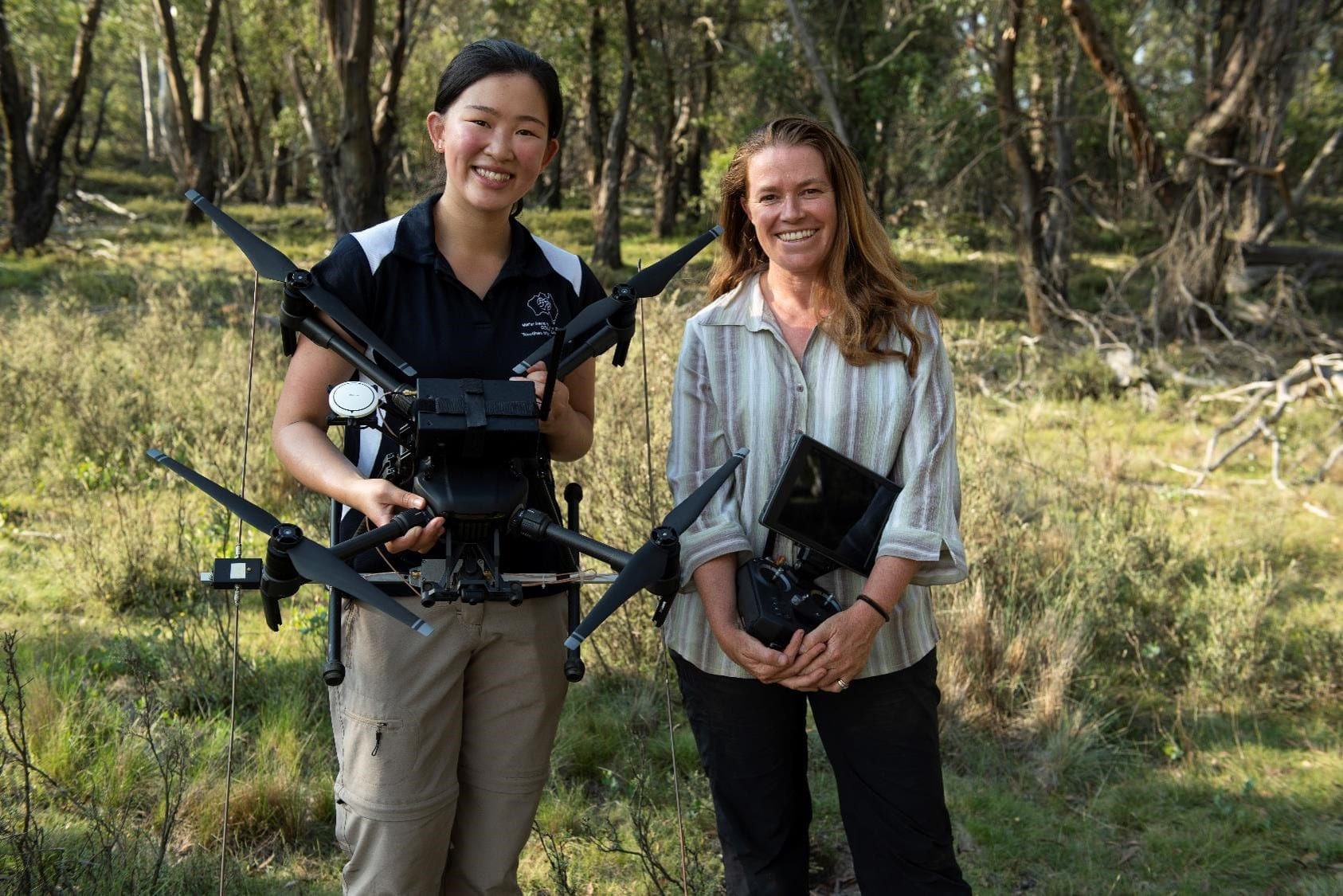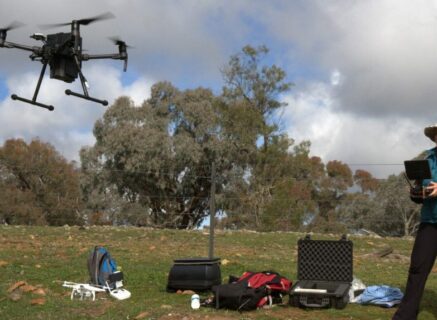US Department of Agriculture x APHIS – Wildlife Services
INVASIVE SPECIES | THREATENED SPECIES | MONITORING & MANAGEMENT
Radio-tracking invasive and native species at the same time with Wildlife Drones
United States Department of Agriculture & Wildlife Drones
Everyone is affected in some way by feral pigs or feral swine/hogs as they are sometimes called. Destruction of agricultural crops and livestock, as well as native species and ecosystems, is common. In the United States alone, the damage and control costs associated with this invasive species are likely to be greater than US$1.5 billion each year.
In terms of their impact on native wildlife, feral pigs not only compete for food and water but also damage both established and regenerating habitats. This includes preying directly on the nests, eggs, and young of native ground-nesting birds, reptiles and amphibians and increasing the risk of disease transmission. This includes impacts on both threatened species and game birds such as wild turkeys, grouse, and quail.
USDA-APHIS Wildlife Services has extensive experience working with this invasive species, including control practices, research to develop damage mitigation measures, and monitoring techniques to assess disease risk. They also collaborate with a diversity of state government, research and land management organisations across the rapidly expanding range of this destructive species.
An important technique for effectively controlling/monitoring feral swine is to track their movements using radio telemetry to locate sentinel or Judas pigs, enabling larger social groups to be located and removed more efficiently. However, major challenges are faced when detecting and locating tag signals using hand-held receivers from on the ground and searching across challenging terrain and over large distances.
Wildlife Drones’ innovative telemetry technology increased the USDA team’s ability to detect tag signals from further away and enabled multiple animals, and even multiple species, to be tracked at the same time saving immense amounts of time and effort by the field team. This included radio-tracking feral pigs (Sus scrofa), racoons (Procyon lotor) and opossums (Didelphis virginiana) at the same time, with up to 15 animals simultaneously tracked from the air, instead of one at a time from on the ground.
They were also able to detect animals that were not otherwise detectable from the ground for the first time, and the ability to detect mortality signals in real-time was key to quickly focus search efforts for dropped tags and missing individuals. This saved ground crews from heading in the wrong direction at critical points in their monitoring/control operations on multiple occasions.
For the first time, we were able to detect and locate multiple tagged individuals and species at a site at the same time, as well as focus search efforts using the real-time mortality signal data. This saved our project time and effort when compared to traditional radio-tracking by hand from on the ground. Some of our tagged individuals were located in very remote and hard to reach areas. This system provided us with the locational data we needed to fulfil our study objectives.
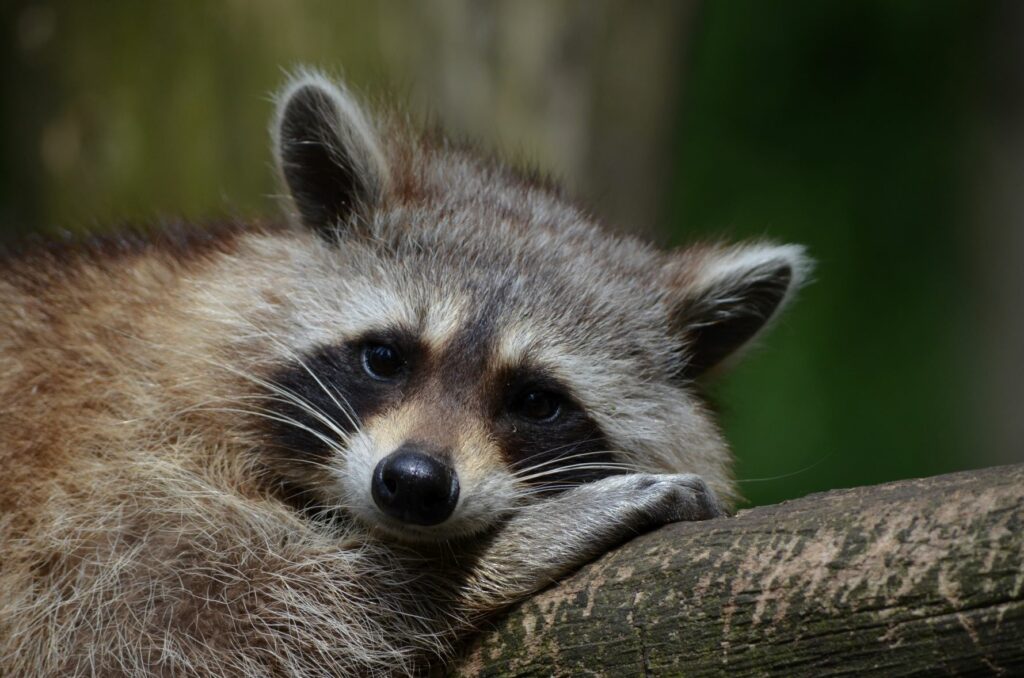
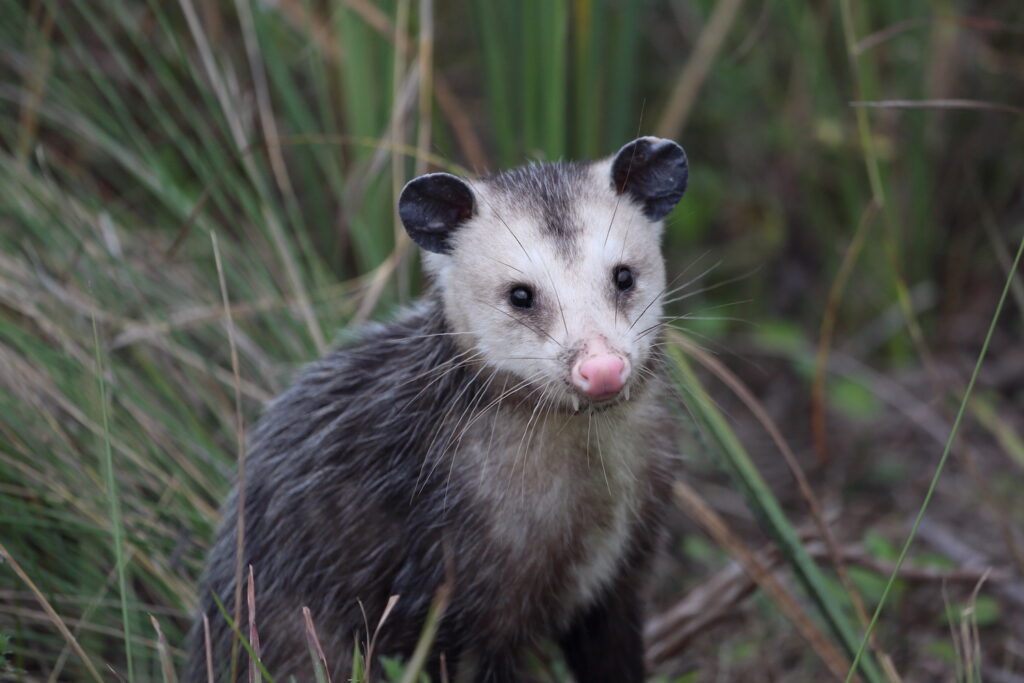
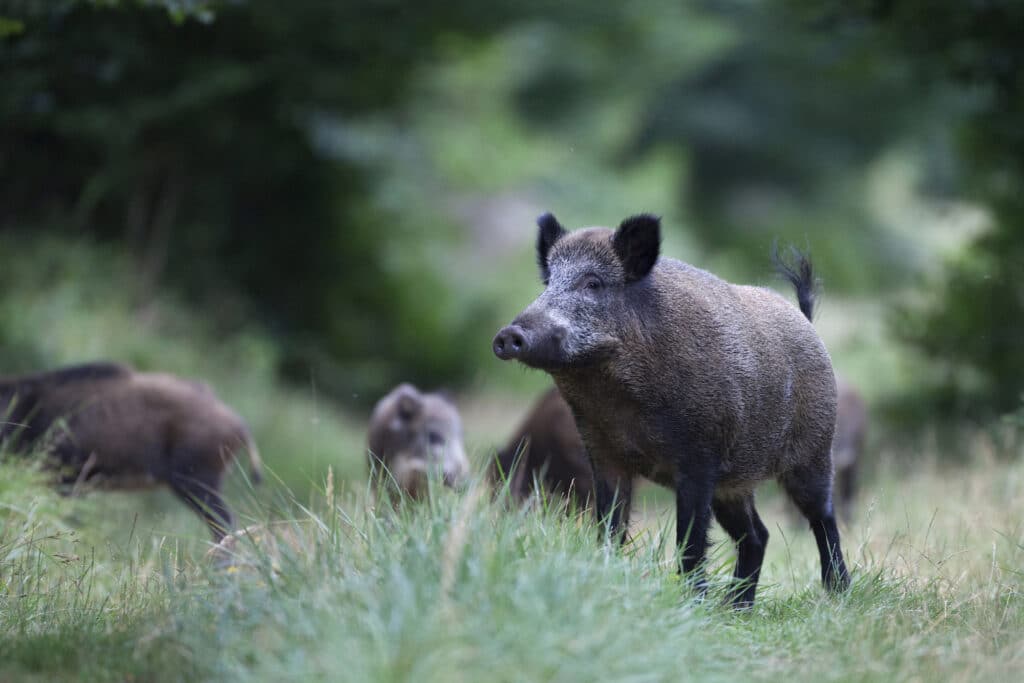
Categories: #ThreatenedSpecies #InvasiveSpecies

